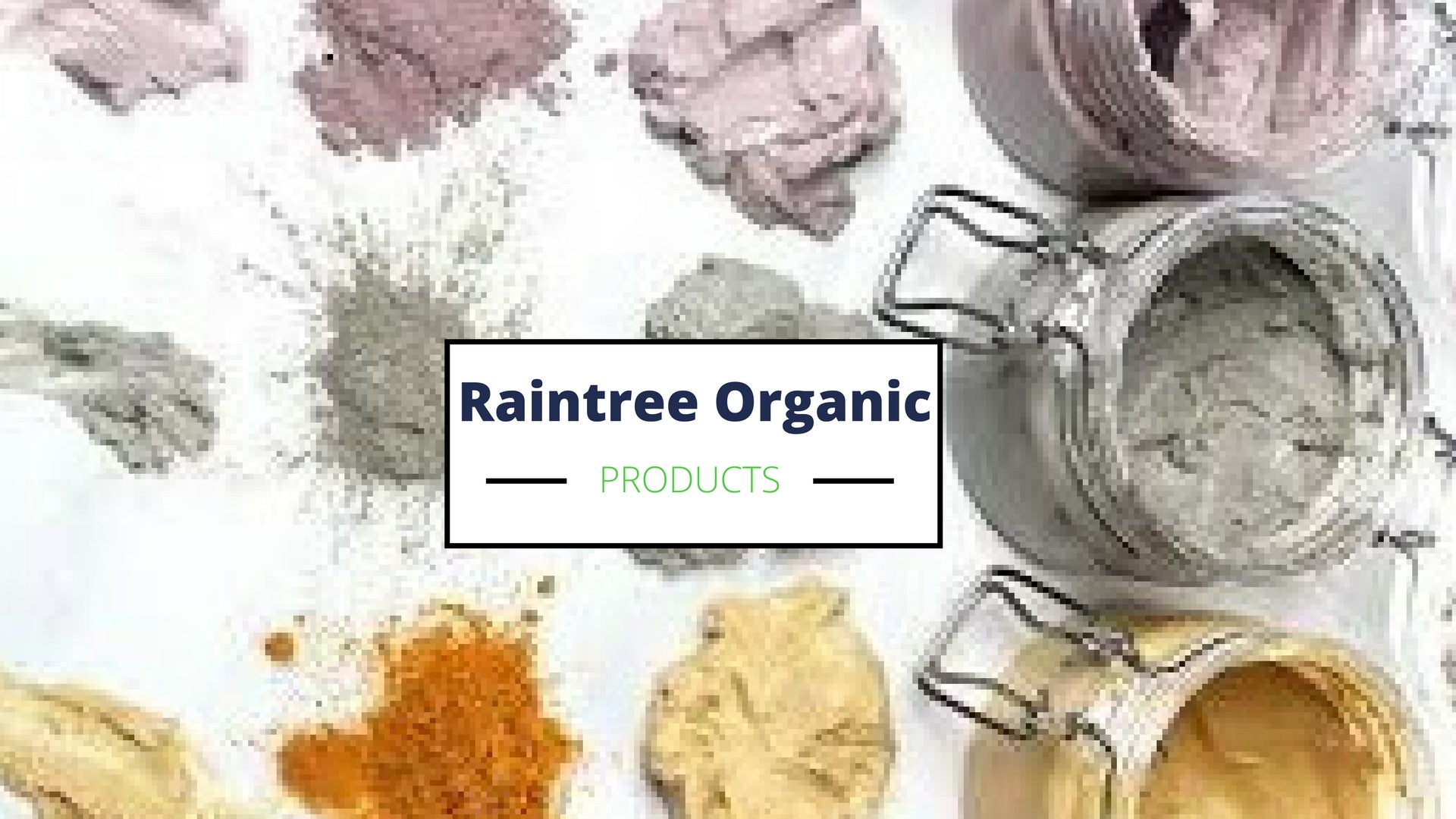Plants That Purify the air in your house

Did you know that NASA commissioned a two-year study regarding how to clean the air in space stations with house plants?
NASA discovered that some house plants not only absorb carbon dioxide and release oxygen, but they also eliminate significant amounts of VOCs (volatile organic compounds) and other chemicals from the air. We’ll talk about which indoor plants to consider for purifying the home, a little about the chemicals they remove and the importance of good ventilation overall with fresh air and filters.
Chemicals These House Plants Remove From Air
NASA spent two years testing house plants for formaldehyde, benzene, and trichloroethylene removal properties. Another indoor plant study by Dr. B.C. Wolverton researched ammonia, xylene and toulene so we’ll mention both.
Formaldehyde
Unfortunately, formaldehyde (in small amounts) is everywhere in the home from building materials to household products. A short list of where it can be found includes insulation, glues and adhesives, pressed wood products like particleboard (a material used in a lot of furniture, decorative plywood paneling, wrinkle removers, gas stoves and fire retardants. On the extreme, formaldehyde is thought to cause cancer while moderate exposure leads to allergic reactions. Either way, it’s not ideal to have around.
Benzene
Human exposure to benzene occurs through inhalation, with cigarette smoke as a major offender as well as exposure to benzene-containing petroleum products. For example, WHO says that homes with attached garages have higher levels of benzene than those with detached garages. Other sources of benzene include smog (especially near industrial areas), building materials like paint and glues, paint stripper, detergents, rubber and inks. Benzene is an irritant and a well-known cause of cancer in cases of chronic exposure. There’s a long list of other health problems associated with benzene.
Trichloroethylene
Trichloroethylene is an organic compound primarily found in building materials and industrial solvents that are used to remove grease. Unfortunately, it’s also found in water. Sources of trichloroethylene include rug cleaners, spot removal fluids, typewriter correction fluid, adhesives and paint remover. Trichloroethylene damages the central nervous system causing fatigue, blurred vision as well as cancer and birth defects in cases of chronic exposure.
Xylene And Toulene
Exposure to xylene and toulene happens through inhalation, swallowing or touching these compounds. Sources include fingernail polish, glues and adhesives, lacquer, paints, paint thinners, wood stains, rubber and plastic cements. Xylene and toulene are irritants that affect the nervous system, gastrointestinal system, kidneys and more.
Ammonia
We all probably know what ammonia smells like due to ammonia-based cleaners. Sources of ammonia include household cleaners, animal feces, fertilizers, wood fires and fuels. Low levels of ammonia in the home aren’t problematic but increased exposure leads to nausea and headaches. People with allergies and asthma are particularly sensitive to ammonia in the air.
10 Plants That Help Clean Air
So, now let’s talk about plants that help clean these nasty chemicals out of the air. Interestingly enough, a lot of these plants might be toxic to cats and dogs (or even kids) if eaten, so do some research if you think there’s a risk.
1. Snake plant (Sansevieria trifasciata)

Snake plant or mother-in-law’s tongue (really, could they have thought of a better nickname?) is a very popular house plant that can be used outdoors in areas without direct sunlight. It’s native to to West Africa and, with it’s upright leaves, has a lot of architectural interest making it a popular choice for contemporary homes. Snake plant is a very effective indoor air cleaner against formaldehyde, benzene, trichloroethylene, xylene and toulene.
2. Peace lily (spathiphyllum ‘Mauna Loa’)

Peace lily helps clean the air of all the offending chemicals listed above. In addition, it helps get rid of acetone, a chemical released by electronics and certain cleaners. Peace lilies require shade and frequent watering. Keep dust of the leaves as well.
3. Boston fern (nephrolepis exaltata bostoniensis)

Indirect light and moderate, Southern California warmth keep Boston ferns happy. They’re easy to find, inexpensive and can take some neglect. Boston ferns are some of the best filterers of formaldehyde, though they also clean small amounts of xylene and toulene.
4. Gerbera Daisy or Barberton daisy (gerbera jamesonii)

Three cheers for color! Gorgeous Gerbera daisies not only cheer up your home, but do it some good too. Gerbera daisies are rare plants in that they also release oxygen during the night, so keep them in the bedroom for restful sleep. They need sun and water as soon as the dirt in the pot dries out. Gerbera daisies rid the air of benzene, formaldehyde and trichloroethylene.
5. Red-edged dracaena (dracaena marginata)

I bought my first red-edged dracaena at Home Depot for about $2. The leaves had a red edge that can add a pop of color to an indoor arrangement. However, these can grow very tall so remember that as you decide to increase pot size. Red-edged dracaena filters formaldehyde, benzene, trichloroethylene, xylene and toulene.
6. Pot mum (chrysanthemum morifolium)

Chrysanthemums like sun and water as soon as the soil is dry an inch or so from the top. Inexpensive to buy at even grocery stores, this chrysanthemum not only has excellent feng shui properties, but it cleans all chemicals listed above from the air, especially benzene.
7. Aloe

Though not a part of the NASA study, aloe is extremely good at filtering our formaldehyde. It loves sun so is the perfect plant to keep near a kitchen window. Break off a leaf to heal accidental burns and wounds as well–it’s dual purpose!
8. Lady palm (rhapis excelsa)

These gorgeous palm trees with their finger-like leaves do well inside the house without direct exposure to sunlight. Be careful not to soak the roots. Lady palms remove formaldehyde, xylene and toulene, but is an extremely efficient ammonia cleaner.
9. Golden pothos (epipremnum aureum)

Golden pothos is a fast-growing vine that looks great in hanging pots or wherever it has the ability to cascade or climb. Consider placing golden pothos near the garage as it has an acute ability to clean benzene out of the air as well as carbon monoxide. Formaldehyde, trichloroethylene, xylene and toulene are other chemicals the plant targets.
10. Philodendrons (philodendron oxycardium, philodendron bipinnatifidum, philodendron domesticum)

Philodrendrons are known specifically for removing formaldehyde from the air. With big, decorative leaves, they make for stunning container gardens indoors and out.
NASA recommends that you use 15-18 house plants (that live in 6-8 inch containers) in an 1800 square-foot home.
The Importance Of Good Ventilation
Though filling your home with gorgeous house plants helps the family breathe well, letting in fresh air and re-circulating it in a healthy manner is also extremely important.





